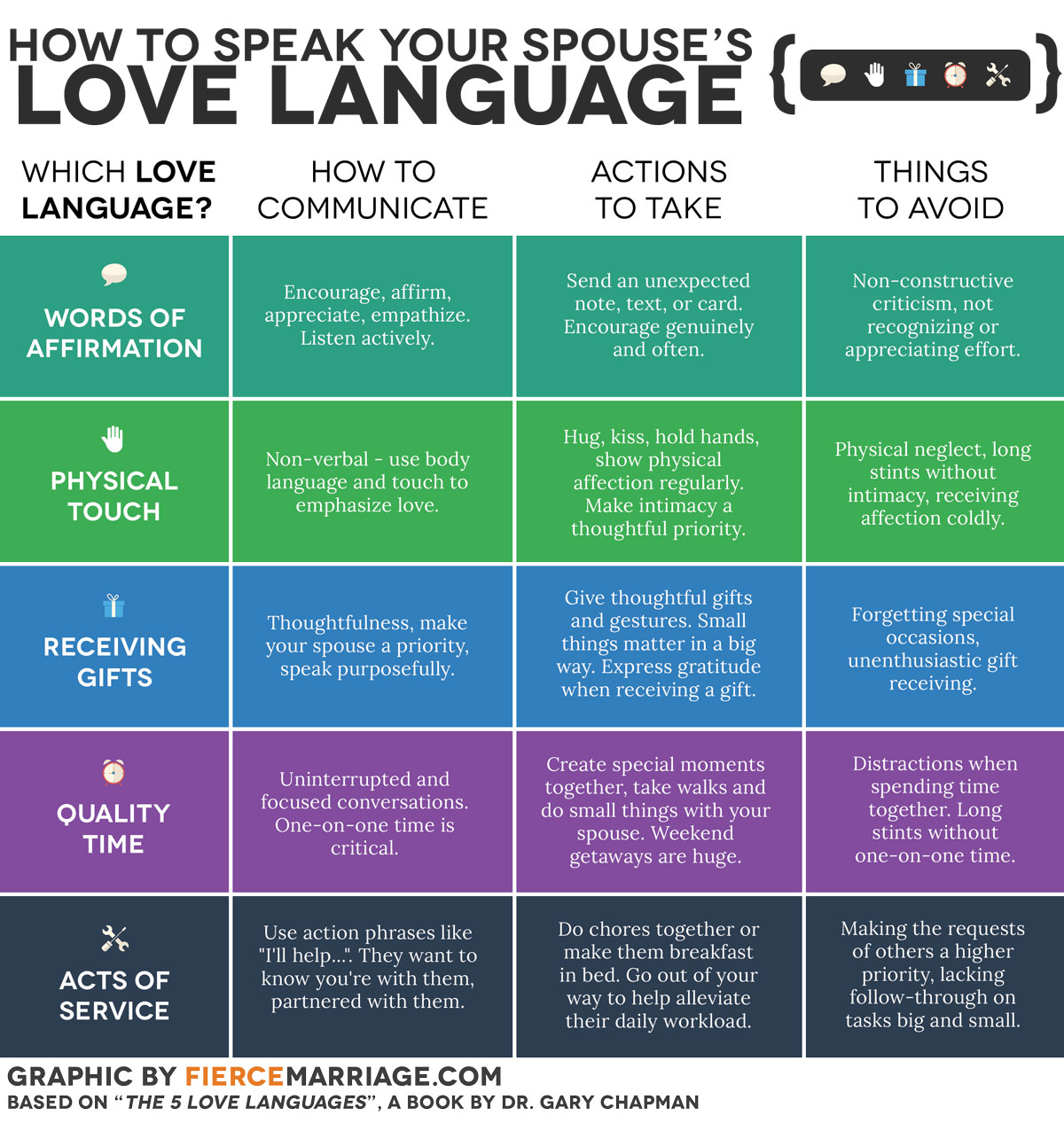Love… It’s a word everyone uses and a concept sought by all. In marriage we make a covenant commitment to love each other whole-heartedly through our actions. We profess it, we show it, we receive it, and we feel it – at least that’s the hope. Love is not something you can check off a list, it’s a way of living, thinking, and doing.
Love is a particularly tricky word in modern english (ex. there are 4 distinct words for love in Greek). I’d argue that it’s come to mean very little in itself. We use the same word to express our affection for casual things like our favorite flavor of ice-cream; but we also use it to signify our lifelong devotion to our spouse.
I love chocolate ice cream.
I love my wife.
I love Jesus.
Surely love means very different things in each instance above, yet we use it in each one all the same. This dilution of the word has caused confusion on what the action of love actually resembles. Showing love is vastly different than saying love.
A personal example
I tell Selena I love her at least a few times each day – but the phrase has very little bearing on whether or not she feels loved. I can say it, text it, email it, and write it in the clouds but if my actions don’t show her I love her the words quickly lose their meaning – they’re merely a quick breath of air formed into three syllables of consonants and vowels.
I also show Selena I love her by kissing her. But kisses I give to her don’t mean as much as her kisses given to me. Why? Because we speak different love languages… Selena feels most loved when we spend good amounts of quality time together with good conversation. Nothing fills her love-bucket like a devoted day together – free from distraction and diversion. If I give her a kiss or tell her I love her after a day together, she knows it and she feels it.
I’m learning that speaking her language, her love language, actually involves very little speaking at all. Saying “I love you” with words is much more meaningful when it’s reinforced by action.
I believe it’s our duty as husbands (and wives) to learn how to best communicate love to our spouses. Once learned, it then becomes our glad obligation to speak their language regularly. If your spouse only spoke French, you’d probably start learning French right? Let’s explore…
1: Learning Your Love Languages
Many of you know about “The 5 Love Languages” by Gary Chapman. If you’ve read it, great! If you haven’t read it, you’ll definitely want to.
If you don’t know your love language or that of your spouse, you have homework to do. Dr. Chapman has an excellent (and free) quiz on his site where you can learn your language.
Take the 5 Love Languages quiz here
The ideas here are based entirely on Dr. Chapman’s writing – so if you want the full story, I highly recommend picking up the book.
2: Learn to Speak Their Language: What to do, and what not to do.
Assuming you know your spouse’s love language, it’s now time to learn to speak it. Speaking a new (literal) language means learning the right things to say as well as the wrong. Languages are rarely simple – you have to learn cultural idioms, faux pas, and taboos so you can avoid them.
The same is true for your spouse’s love language. Just as certain behaviors will make them feel incredibly loved, other behaviors will be devastating. So, for your benefit and my own, I’ve compiled this graphic & following list to illustrate things to do and things to avoid when communicating love to your spouse based on their love language.
This is meant to be a starting point, so may these pointers help get you thinking about what you can do specifically for your spouse!
A Brief Guide to Speaking the 5 Love Languages
Love Language: Words of Affirmation
- How to communicate: Encourage, affirm, appreciate, empathize.
- Actions to take: Send an unexpected note, text, or card. Encourage genuinely and often.
- Avoid: Non-constructive criticism, not recognizing or appreciating effort.
Love Language: Physical Touch
- How to communicate: Non-verbal – use body language and touch to emphasize love.
- Actions to take: Hug, kiss, hold hands, show physical affection regularly. Make intimacy a thoughtful priority.
- Avoid: Physical neglect, long stints without intimacy, receiving affection coldly.
Love Language: Receiving Gifts
- How to communicate: Thoughtfulness, make your spouse a priority, speak purposefully.
- Actions to take: Give gestures and gifts thoughtfully, with and without special occasion. Even small things matter in a big way. Express gratitude when you’re given a gift.
- Avoid: Forgetting special occasions.
Love Language: Quality Time
- How to communicate: Uninterrupted and focused conversations. One-on-one time is critical.
- Actions to take: Create special moments together, take walks and do small things with your spouse. Weekend getaways are huge.
- Avoid: Distractions when spending time together, long stints without focused one-on-one time.
Love Language: Acts of Service
- How to communicate: Use action phrases like “I will” and “I’ll help…”. They want to know you’re with them, partnered with them.
- Actions to take: Do chores together or make them breakfast in bed. Go out of your way to help alleviate their daily workload.
- Avoid: Making the requests of others a higher priority, lacking follow-through on tasks big and small.
Live, Learn, Speak
As stated, this is meant to give a tangible outline of what you can, should, and shouldn’t do as you learn to speak your spouse’s love language. If you want more, definitely read The 5 Love Languages by Gary Chapman. If you’re not much for reading, start with the free quiz.
Ultimately, I hope this helps you love your spouse in a way they’ll feel it, and may your expressions of love help you on your journey toward the ultimate end: honoring and glorifying Jesus through your marriage.
Question: What is your love language? Your spouse’s? Let us know in the comments below…
Header image by Jeff Marsh.
(Note: this post is not endorsed by or affiliated with Dr. Gary Chapman or the 5 Love Languages book in any way, though we do recommend you purchase a copy.)
Have you heard of the The 31-Day Pursuit Challenge?
Every marriage begins with passion, purpose, and pursuit, but few stay that way. That’s why we wrote Husband in Pursuit and Wife in Pursuit Together, they make what we’re calling the 31-Day Pursuit Challenge. Couples are encouraged take the challenge together. We’re already starting to hear stories of transformed marriages! Are you up for the challenge?








